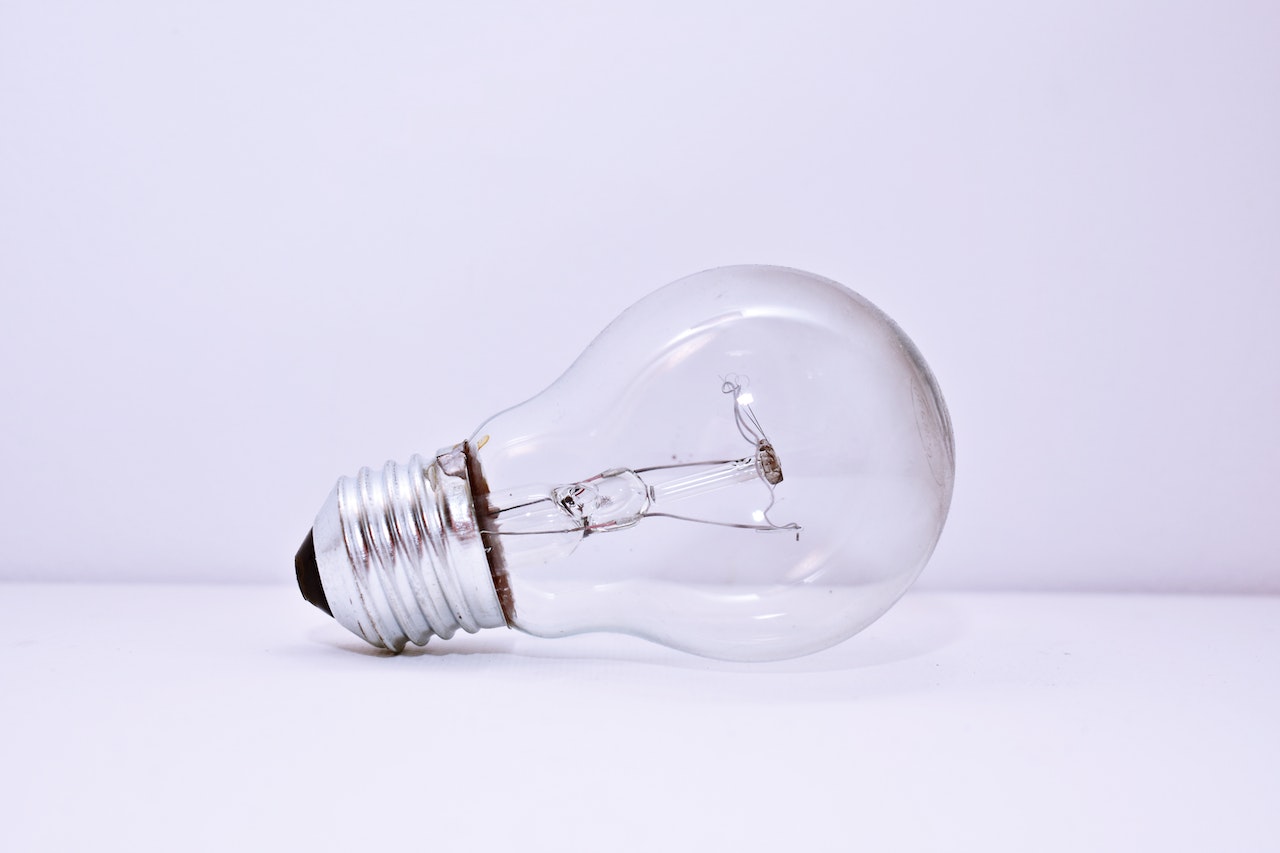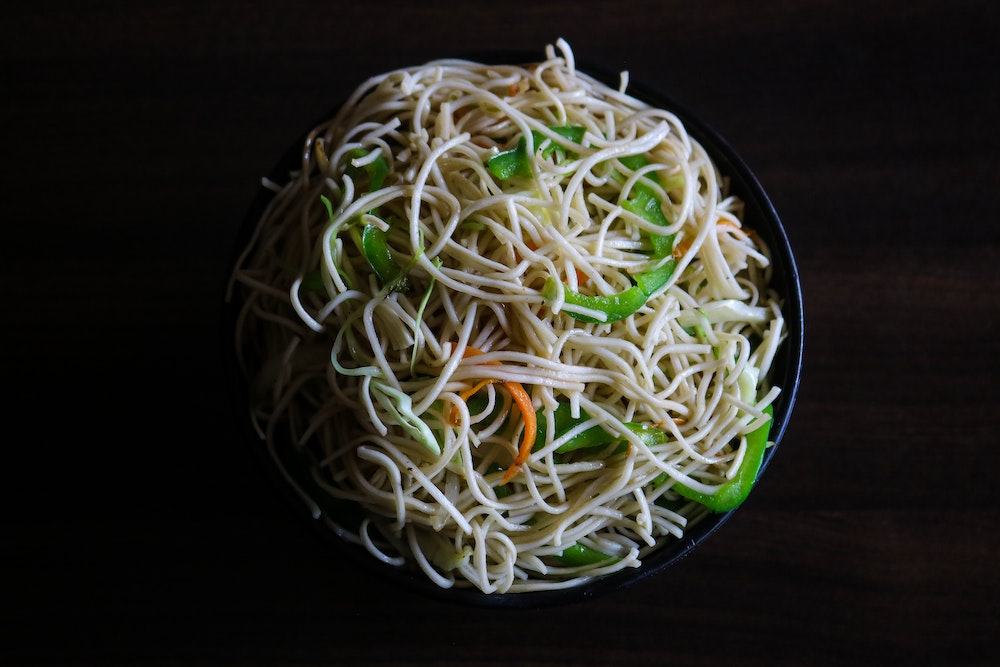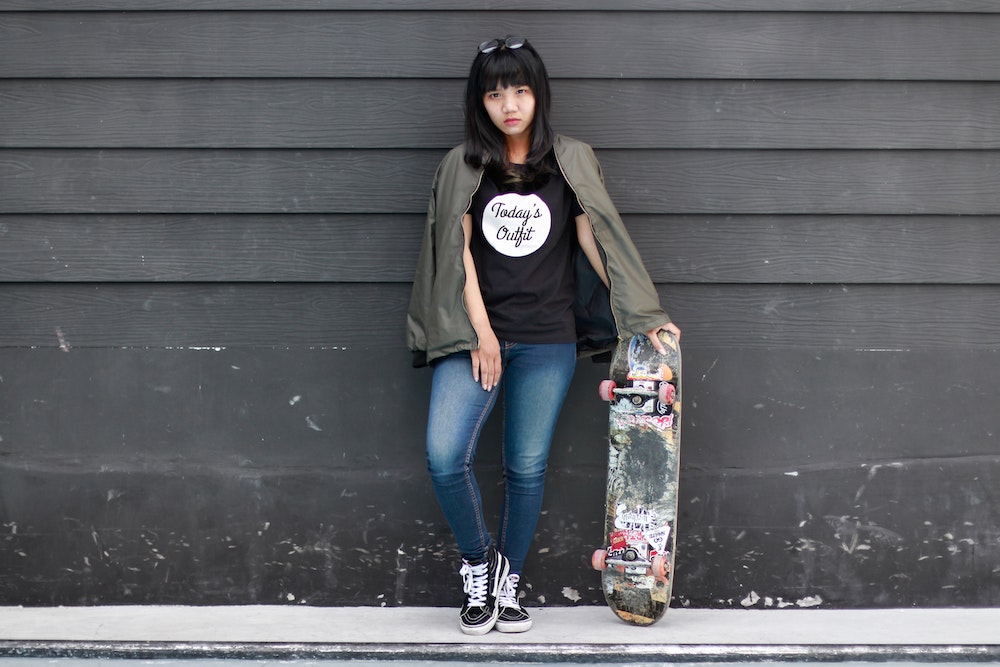Essential Guide to Closed Composition Photography

Composition is quite an important concept involved in photography. The importance of composition is such that it may make or break the beauty of your photograph.
In this article, we are going to talk about something called closed composition photography. Let us first start with a little introduction.
What is closed composition photography?
Closed composition photography is a technique of shooting photos where all the important elements of the photo are present appropriately inside the frame. The motive behind shooting a photograph with a closed composition is to contain the subject with complementary things right inside the frame.
Take an example of an outdoor portrait photo. The subject inside the photograph in this case is the only thing viewers have got to see. You will understand the meaning of closed composition once you compare it with open composition photography.
Open composition photographs generally leave some space for viewers to imagine the rest of the scene. All the landscape photographs where you see a fraction of the total are examples of open composition.
What differentiates those photographs from their counterpart is the fact that open composition photographs don’t contain the whole subject. A perfect boundary doesn’t exist in those photos. On the other hand, closed composition photos let the viewers see the subject clearly differentiated from the surrounding.
The purpose behind shooting photos like this
Wherever you think the subject needs utmost importance, the closed composition is your perfect choice. The right photo of this category has all the elements arranged in a way that everything points directly to the subject i.e. away from the edges of the photograph inwardly.
Whether you want a perfect photo of some product, person, specific part of the architecture, etc. closed composition photography has got your back.

Tips to be good at closed composition photography
You must have understood clearly the defining character of closed composition photography,. We have picked some precise tips to help you get started with it and get better day by day, such as the food photograph above.
Minimise the clutter in the frame
The first thing you need to admit is the space in a closed composition is quite limited. As a result of that, you are bound to limit the inclusion of items in the frame. The main point here is to keep your subject in extreme focus.
You could achieve that by including only those elements that complement the presence of your subject. Even one extra thing may ruin the quality of the photo.
You might think that too much negative space is not good for photos and that is true in several cases. In this case, you should zoom in to fill the frame rather than include more items just to remove negative space.
Want to earn money from your hobby?Sign up free as a Stockphoto.com contributor today!
|
Familiarise yourself with the rule of thirds
The rule of thirds is quite an important one in photography. Here it becomes even more important. Closed composition photography is all about containing your subject in a way to grab viewers’ attention the quickest. That is why understanding the fundamentals of the rule of thirds is very important.
Try to keep the subject close to any of the four intersection points. Those are the proven points where viewers usually look more often. Keeping the subject aligned with this rule will help you in the majority of cases. In case the subject demands, there is nothing bad in breaking the rules.
The same goes with your rule of thirds. If you think the subject looks better at the centre, break this rule. No matter which genre you are into, your vision of the photograph is the most important thing. It is your vision that will define your style as a photographer.
Learn to use the leading lines
Leading lines play a very important role in drawing the viewers’ attention toward the subject matter in the photograph. Make the arrangements and adjustments such that your viewers are automatically driven toward the subject in the frame. There might be horizontal lines, vertical lines, converging lines, etc.
Make use of those lines to enhance the detail inside the frame. Some other things need to be learned before you will be able to make the best out of leading lines. In the case of overexposed or underexposed photographs, the leading lines have no significance. Knowing the basics of shutter speed, aperture, etc. will help you do it even better.

Try to bring contrast into the frame
This is the simplest and most convenient way to make your subject pop out. This can be done by a very wise selection of background based on the subject. Maintaining balance is quite important in this case as well.
If there is too much contrast, it might distract the viewers. That is why you should always opt for balanced tones as per the colour and complexion of your subject.
Analyse your work over time
There is no set of tips that would lead you directly to perfection. It comes with tons of effort and analysis. Take a look at the shots of earlier times and compare that with the works of experts.
Think of the ways you might improve this photograph even further. This is the way of getting more ideas and finding places for improvements. Your consistency and precise eye for detail are the qualities that matter the most in establishing your style.
Photographers! Earn a $200 Sign up Bonus... |
|---|
Interested? Sign-up here(more details) |
Final words
We have talked a lot about closed composition photography but that is not all. You will get to learn even more things while on the way. We hope this article is enough to help you get started.
Your ability to understand the surroundings and act accordingly is what makes you an expert in photography. But getting to that level is not possible without enough practice.
About the Author
Andrew Conway is an amateur photographer and keen writer. Andrew is in his last year of his Journalism degree in University.


